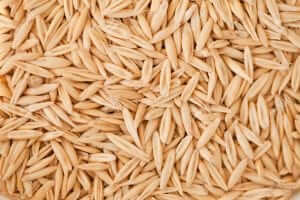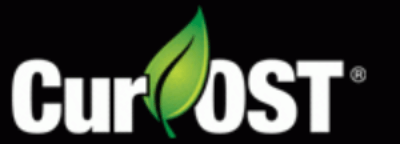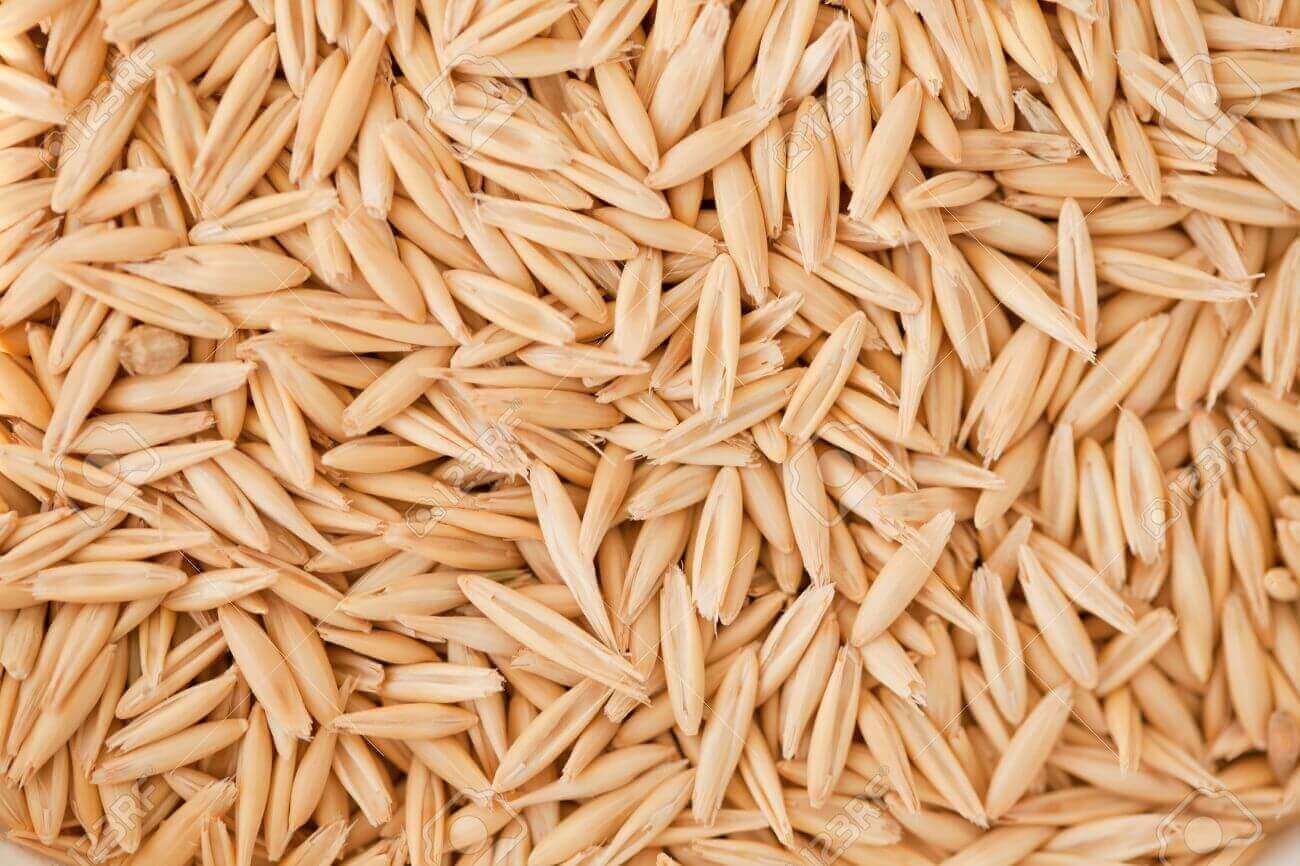The equine diet has become quite complex over the past 10 or so years. Specialty feeds, complex supplements and other regimens have become the ‘normal’ for most horses, especially those in the competition arena. On the same side of the coin, we also have an apparent rise in equine health conditions ranging from injuries and joint disease, to metabolic concerns and laminitis. Our feeding approaches in the horse have changed over the past 30 years, moving away from whole grain and oats to one based on processed feeds. Considering this, one would have to ask whether if our current approaches are helping or more so hindering our progress?
It seems like there is a feed for almost every condition that impacts the horse in today’s markets. High fat diets, low fat diets, high carb or energy diets, cooling diets, low starch diets… all of which come in pelleted or textured forms. This range of horse diets has been around for quite some time, but really gaining momentum over the past decade. The low-starch diets have seemed to ignite the rage of diversity, with their main goal of providing the ‘challenged’ or metabolic equine patient with a diet that is lower in carbohydrates. Every horse owner seems to have their own preferred feed that they rely on, is recommended for their particular condition, or is utilized by the boarding barn or trainer. These feeds can vary tremendously, offering different benefits to the patient and producing different results, which can vary from one horse to the next. In the end, with any horse feed regimen, what we need to determine is if that regimen is producing results or potentially contributing to the harm.
For the past several years, on our forum and in conversations with other horse owners, we have discussed ‘cleaning up’ the equine diet and going natural. Actually, this concept is not new and has been advocated by many owners, trainers, veterinarians and researchers over the years. This was also something that we recommended and utilized in our veterinary practice, helping patients afflicted with numerous conditions for many years. So…what do we mean by ‘all natural’ and cleaning up the diet?

In general terms, what I am referring to is making a shift away from commercial feeds and getting back to the basics, which was a diet rich in whole grains, such as oats. In past articles, we have discussed how the overall diet impacts health on many levels. When we are presented with a horse with medical or lameness conditions, this tie-in with the diet becomes apparent on many levels. This is even more true when we have underlying gastrointestinal issues such as ulcers, allergies, metabolic concerns, respiratory problems, and laminitis. Many of these patients are on commercial feeds, being highly processed, along with usually several synthetic based supplements. The key point here, is that despite this feed and supplement regimen, the horse is still experiencing problems on many levels and the owner is seeking improvement.
What is a processed horse or equine feed?
In actuality, there is no precise definition for this word and there are many interpretations. In my opinion or view, a processed food is one that has been transformed from its original form and presented for consumption. In actuality, taking apples, grinding them up and making a sauce out of them is technically a processed food. This level of processing is not necessarily bad as all things are relative. However, it is generally accepted that with each level of food processing, the nutrient and health value is potentially compromised. Ideally, what you want is to consume food in as close to natural form as is possible. Thus, retaining nutrient value. Certain measures such as cooking, steaming, compressing and even pelletizing can and do impact nutrient value. Essentially, you want food to look like food. You want to maximize nutrient and health benefits, not produce empty calories.
If you look at most of the commercial, highly processed diets available for the horse we note two main things. First, the ‘grains’ generally do not visually resemble natural food at all. More often than not, it is rare even to find a particle of real food in there are all. Some specialized feeds actually use foreign or non-normal source of protein and even fats, not traditionally found in any diet. Now, this is not true for all and there are some ‘natural’ grain products on the open market, which actually look, smell and taste like real foods. Sadly, they are in the minority, often due to cost. The second main thing to notice is that by looking at the list of ingredients, you do have some ‘food’ ingredients, but they are lower down on the list, often processed in and of themselves, but the vast majority of the nutrient value is coming from synthetic vitamins and minerals. Looking at these labels, you see things like sodium chloride, magnesium oxide, thiamine HCL, silicon dioxide, vitamin A acetate and a host of other synthetic nutrients. If you see the synthetic name listed, as above, then this is ‘added’ to the feed often as a spray on type of preparation. In regards to food ingredients, many times you see the word ‘meal’ afterwards, such as flaxseed meal. This ‘meal’ preparation is generally the processed form of that food in which the natural oils are removed.
In regards to highly processed feeds, you have two main concerns. First, are you actually truly providing for your horse in regards to nutrient value? Second, is it possible that the highly processed feeds are actually causing more harm due to high synthetic loads, additives, dyes, and preservatives? It is generally accepted and demonstrated in research that patients consuming ‘whole food’ nutrients fair better than those consuming processed, synthetic ridden foods.
On the converse side, you have whole foods, which generally are foods in their natural form. Whole foods generally have much higher nutritive value because their level of processing is much lower and in regards to the whole food, you also obtain not only natural nutrients but also naturally occurring co-factors which aid in nutrient assimilation, utilization, and even have medicinal benefits. An example, a whole food label would not list synthetic or chemical names, but simply state as an example; alfalfa, green spinach, spirulina blue green algae, carrots, oats, barley. The manufacturer may have a list of nutritive value, stating this, but the ingredients are whole foods.
When we look at the horse, you realize they are herbivores and constant grazers. The move around naturally when in the wild, consuming mostly plants, grasses and few grains which may be available intermittently. The majority of their nutrition stems from pasture and other forages such as hays. They do not eat fish, nor consume oils in nature, except those oils naturally found in plants. This is the way they are designed, however, there are two variables which include level of exercise or demands on the body and second, level of nutrients present within that food source. The more demands you place on the horse, in terms of exercise, stress or competition, the higher the nutrients demands. The less nutrient value that is present on the pastures or in the hays that you provide, the more opportunities for deficiencies.
What has become obvious to me over the years is that no matter what condition we are dealing with, there are definite improvements noted in that patient when we move away from commercial, highly processed feeds and more towards a natural plane of nutrition. In fact, the more simple we make the regimen, often the greater the positive impact on that patient. Instead of feeding an expensive, highly processed feed and a list of synthetic based supplements, we move towards lower cost natural grains and concentrate the supplement regimen, making it more targeted and food or herbal based.
As Hippocrates stated, “let your food be your medicine and your medicine be your food.”
I am not a nutritionist but more so a researcher that sees and advocates the power of nutrition, in its natural form. What I believe and have observed is that these specialized, highly processed diets are actually hindering our equine companion’s health, more so than helping it. Are they actually the cause of the rise in health conditions or are they just contributors? This remains to be determined, but at the least, I do believe that in many horses, the diets are actually contributing to poor health and even lameness. Despite working with hundreds of horses, simplifying the diet and transitioning the supplement regimen, and gaining marked improvement for that patient…the reality is that most owners are really resistant to change or more so afraid of change, fearing that it could lead to disastrous consequences. Most are so connected with their current regimen, despite lack of improvement clinically, that they view it as a plug in a dam, and any change could lead to complete rupture or release. This is simply not true.
It is no secret that in our personal facility, we feed whole grains and utilize hay and pasture as our main form of nutrients. The majority of horses do very well, actually, with many of them succumbing to years of health, lameness problems, use of commercial feeds and a laundry list of supplements. These horses thrive and medical/lameness problems become easier to manage. Is this a ‘cure’ for every problem? No. Can it help us to manage them better and improve outcome for the patient? Absolutely.
What do we do and how do I feed a Horse?
We rely on pasture and the highest quality hay we can find for our patients, which usually means alfalfa or an alfalfa mix. Pastures are maintained as best as possible, considering time of year and other environmental factors out of our control. In regards to grains, we feed a mix of whole oats, barley and sunflower seeds. This is not a commercially available feed, but something we piece together and blend up for our horses. It is not the end all grain blend, but just what we use and what works for us. The whole idea here is to rely on food as the main source of nutrients. We could feed bermuda or a fescue hay, but in general, the nutritive quality with these hays does not match the demands of the horses we have in our barn. There is nothing wrong with these hays, but it is all relative. In most cases, we have competition horses that have increased metabolic demands, thus nutritional requirements are higher, which often exceed these lower quality hays. For the grains, again the goal is to go natural. We feed the oats, barley and sunflower seeds in set ratio of (1:1:0.25), but one could easily modify, exclude some or include others such as whole flax seeds, chia seeds or even pumpkin seeds. What we do need to keep in mind with grains is that they are sources of carbohydrates and starch, which can create problems. Horses, in the wild, do not consume large amounts of grains and thus, in our program, they are not fed in high volumes. We are not using them as ‘meals’ but more so use as a medium for herbal supplements. In general, we feed less than 2 lbs per feeding, which keeps the carbohydrate levels acceptable and lowers the risk of hindgut concerns.
In addition to the above ‘clean’ and natural regimen, we use Cur-OST® herbal based formulas specific to each horse on a daily basis. We are targeting their specific problems with a specific solution and the clean, natural diet is helping to enhance the overall results. It is really the icing on the cake, if you will, pushing that patient to higher levels of health. We do not give separate hoof or skin supplements, no oils or other additives….but just stricly rely on the power and value of food and targeted herbs. If we need an added boost of nutrition, in its natural food form, then we will use the EQ Rejuvenate formula, which has been in use in our program for a number of years.
The normal response by a horse owner to the concept of a ‘natural diet’ or whole grain diet is denial. They state that their horse is laminitic and can’t have the added carbs of whole oats or maybe the protein of alfalfa. All we have to do to ‘debunk’ this myth is look at human research regarding Type II diabetics and the consumption of oatmeal. It is highly recommended and appears to aid in sugar regulation. In the cases of allergies, the owners respond by stating that their horse’s allergy panel indicates an allergy to oats or maybe alfalfa or flax. They can’t possibly feed these types of feeds…for medical reasons. This again is not true and accepting this as truth is a reflection of not truly understanding the problem at hand. On a basic level, it is not even acceptable to think that a horse is pretty much allergic to everything a horse would normally eat and that the only solution is to feed a processed feed that does not resemble food. This is insanity and reflects a lack of understanding. Others may say that oats or alfalfa make their horses ‘hot’ and hyperactive or maybe that these foods make their horse’s ulcers worse. Again, here we have a lack of understanding and improper utilization of these foods. This is also what creates the fear and lack of willingness to change, but also continues the cycle of health and lameness problems.
Bottom line, we have a lot of health and lameness problems in our horses in current day. We somehow have been trained to think that solutions are complex, but in reality, the solutions are more simple than we think….however, despite the simplicity, we tend to resist the change. Again, in many of these patients, a simple move towards a more natural diet and a simplification of the supplement regimen to actually target the problems with herbs, can make huge improvements in that patient rapidly.
I hope this information helps you.
Tom Schell, D.V.M.
Nouvelle Research, Inc.
www.nouvelleresearch.com


